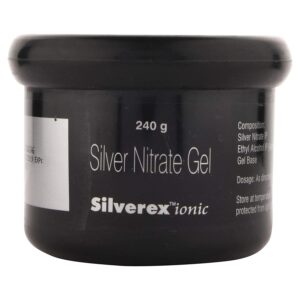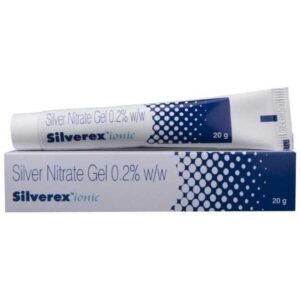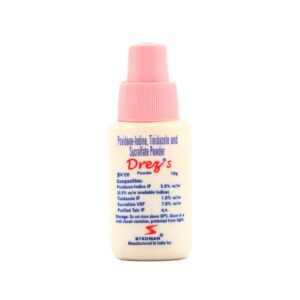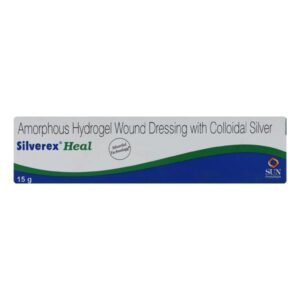CHLORHEXIDINE + SILVER SULPHADIAZINE
Chlorhexidine: Chlorhexidine is an antiseptic and disinfectant drug that is commonly used for its bactericidal properties. It is widely employed in various medical and dental settings for a range of indications, including pre-operative skin cleansing, wound irrigation, and oral hygiene maintenance.
The mechanism of action of Chlorhexidine involves disrupting the cell membrane of microorganisms, resulting in leakage of cellular components and ultimately leading to their death. It has broad-spectrum activity against both Gram-positive and Gram-negative bacteria, as well as some fungi and viruses.
Chlorhexidine comes in different formulations, including solutions, gels, and wipes. The concentration of Chlorhexidine used depends on the specific indication and should be determined by a healthcare professional. For example, for oral hygiene, a 0.12% Chlorhexidine mouthwash or gel is commonly recommended.
While Chlorhexidine is generally considered safe, it can cause some side effects. Common side effects include staining of teeth, tongue, and oral mucosa, which is usually temporary and can be minimized by brushing the teeth prior to the application. Rarely, it may cause allergic reactions or oral mucosal erosion. Additionally, prolonged use of Chlorhexidine can lead to the development of oral fungal infections or alter taste perception.
It is essential to follow the instructions provided by healthcare professionals regarding the use and dosage of Chlorhexidine. It is not recommended to self-medicate with Chlorhexidine without proper medical advice.
Silver Sulphadiazine: Silver Sulphadiazine is a medication used for the prevention and treatment of infections in burn patients. It falls under the class of sulfonamide antibiotics and is available in a topical cream form.
The mechanism of action of Silver Sulphadiazine lies in its combination of two components: sulfadiazine and silver. Sulfadiazine acts as a bacteriostatic agent, inhibiting the growth of bacteria, and silver acts as a broad-spectrum antimicrobial agent. Silver ions released from the cream directly interact with bacterial cell membranes and proteins, disrupting their function and leading to cell death. This dual action helps prevent and treat infections in burn wounds caused by a wide range of bacteria.
Silver Sulphadiazine is typically applied topically to clean, prepped burn wounds. The cream is spread evenly over the affected area, with a thickness of about 1/16 inch (1.6 mm). It is recommended to dress the wound with a sterile non-adherent dressing after the cream application.
As for the dosage, the specific amount of cream to be applied depends on the size of the burn area. Generally, a thin layer is sufficient to cover the wound. The frequency of application varies, ranging from two to three times per day up to continuous 24-hour coverage, depending on the severity and progress of the burn.
Common side effects of Silver Sulphadiazine include a temporary burning sensation or pain, itching, rashes, and discoloration of the skin around the wound. Occasionally, patients may experience a reduction in white blood cell count, which should be monitored during prolonged treatment. Serious allergic reactions are rare, but if any signs of an allergic reaction (e.g., rash, itching, swelling, severe dizziness) occur, medical attention should be sought immediately.
It is worth noting that Silver Sulphadiazine should not be used in individuals with a known hypersensitivity to sulfa drugs or silver. Additionally, it is not recommended for pregnant women during the last two months of pregnancy due to the potential risk of harm to the fetus.
Overall, Silver Sulphadiazine is an effective topical medication for preventing and treating infections in burn wounds, with a mechanism of action targeting bacteria specifically in that context. However, like any medication, it is essential to follow the appropriate dosage and seek medical advice if any concerning side effects arise.




